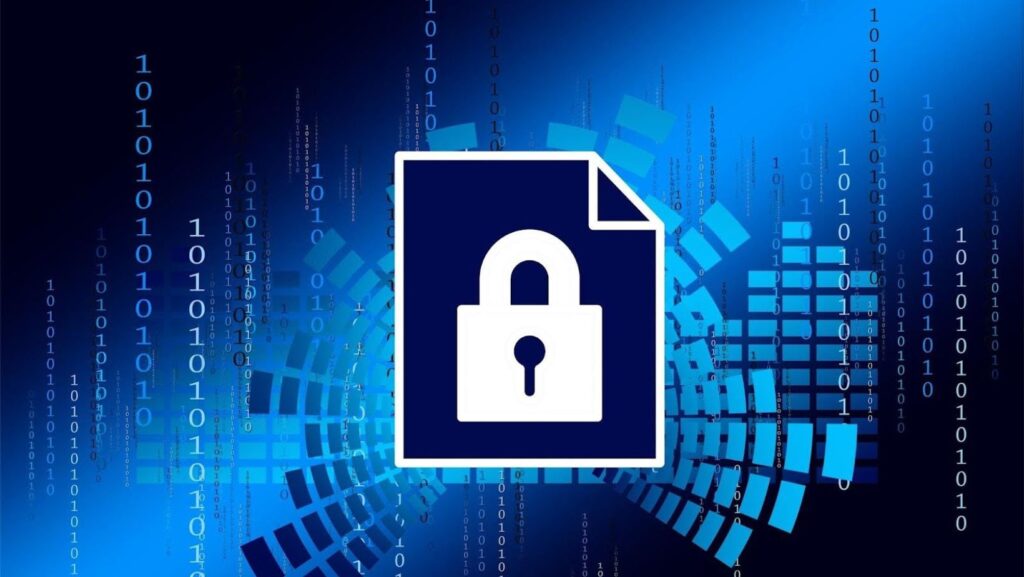Safeguarding sensitive information has become more critical than ever. As businesses and individuals increasingly rely on online platforms for communication, transactions, and data storage, the potential risks posed by cyber threats continue to escalate. Network security solutions are no longer optional; they are vital for protecting personal assets, maintaining customer trust, and ensuring the integrity of operational processes.
With cyber-attacks becoming increasingly sophisticated, understanding and implementing robust network security measures is essential to secure the digital landscape and shield it against potential breaches. This document will explore the importance of network security solutions, their key components, and best practices for maintaining a secure network environment.
Understanding the Types of Cyber Threats
Businesses face a myriad of cyber threats that can compromise their security. Understanding these threats is essential for developing effective network security solutions. Common types of cyber threats include malware, phishing attacks, and denial-of-service (DoS) attacks. Malware refers to malicious software designed to infiltrate and damage systems, whereas phishing attacks often deceive individuals into providing sensitive information through fraudulent communications. DoS attacks, on the other hand, aim to disrupt services by overwhelming networks with excessive traffic.
Aside from these prevalent threats, there are also more sophisticated forms of cyber-attacks, such as ransomware and advanced persistent threats (APTs). As the folks behind SASE: Secure Connect put it, businesses need a flexible, scalable solution that secures data for cloud-based applications and ensures resilient connectivity across your enterprise. Employees need secure, reliable access to data regardless of their physical location. This is where network security solutions play a crucial role.
Implementing Effective Network Security Solutions
To combat the wide array of cyber threats, businesses must implement a multi-layered approach to network security solutions. This approach involves employing a combination of tools and best practices designed to protect data integrity, confidentiality, and availability. Firewalls play a crucial role in this strategy, acting as a barrier between trusted networks and untrusted ones, thereby filtering incoming and outgoing traffic. Additionally, antivirus software helps detect and eliminate malicious code before it can cause significant harm.
The Importance of Data Encryption
Data encryption is a fundamental aspect of network security that ensures sensitive information remains confidential, even if unauthorized individuals gain access to the network. By converting data into a coded format, encryption acts as a protective shield, making it nearly impossible for cybercriminals to decipher without the appropriate key. This practice is particularly important for businesses that handle personal data, financial information, or proprietary content, as data breaches can result in significant financial loss and reputational damage.

Implementing robust encryption protocols can also enhance compliance with various regulations and standards related to data protection, such as the General Data Protection Regulation (GDPR). By actively encrypting data at rest and in transit, organizations demonstrate their commitment to safeguarding customer information and maintaining regulatory compliance. Furthermore, encryption provides organizations with a way to build trust with their customers, as consumers are more likely to engage with businesses that prioritize data security.
Regular Software Updates and Patch Management
Regular software updates and effective patch management are vital for maintaining a secure network environment. Software vendors frequently release updates to address security vulnerabilities, fix bugs, and enhance functionality. Failing to implement these updates promptly can leave networks exposed to new vulnerabilities that cybercriminals may exploit. Thus, organizations must establish a routine for monitoring and applying updates to their software applications and operating systems.
Patch management should involve not only updating systems but also assessing the potential impact of updates before deployment. Testing updates in a controlled environment can help identify any compatibility issues or unexpected consequences, ensuring that the overall network security is not compromised. Additionally, automating the patch management process can help streamline these updates, reducing the risk of oversight and ensuring that all components of the network remain secure.
Ideal Practices for Maintaining Network Security
Maintaining network security is not a one-time task; it requires ongoing vigilance and adherence to best practices. One of the most effective strategies is to implement a principle of least privilege, meaning that users should only have access to information necessary for their roles. This limits the potential damage from insider threats or compromised accounts, reducing the overall risk to the organization. Another best practice involves establishing comprehensive incident response plans that outline the steps to be taken in the event of a security breach.

The importance of network security solutions cannot be overstated. As cyber threats continue to evolve and become more sophisticated, organizations must take proactive measures to protect their sensitive information and maintain the trust of their customers. From understanding the various types of cyber threats to implementing robust security measures such as encryption and regular software updates, adopting a comprehensive approach to network security is essential.
By adhering to best practices and fostering a culture of security awareness, businesses can mitigate risks and enhance their resilience against potential cyber-attacks. Ultimately, prioritizing network security is not merely a technical necessity; it is a critical investment in the future viability and success of any organization in the digital age.

